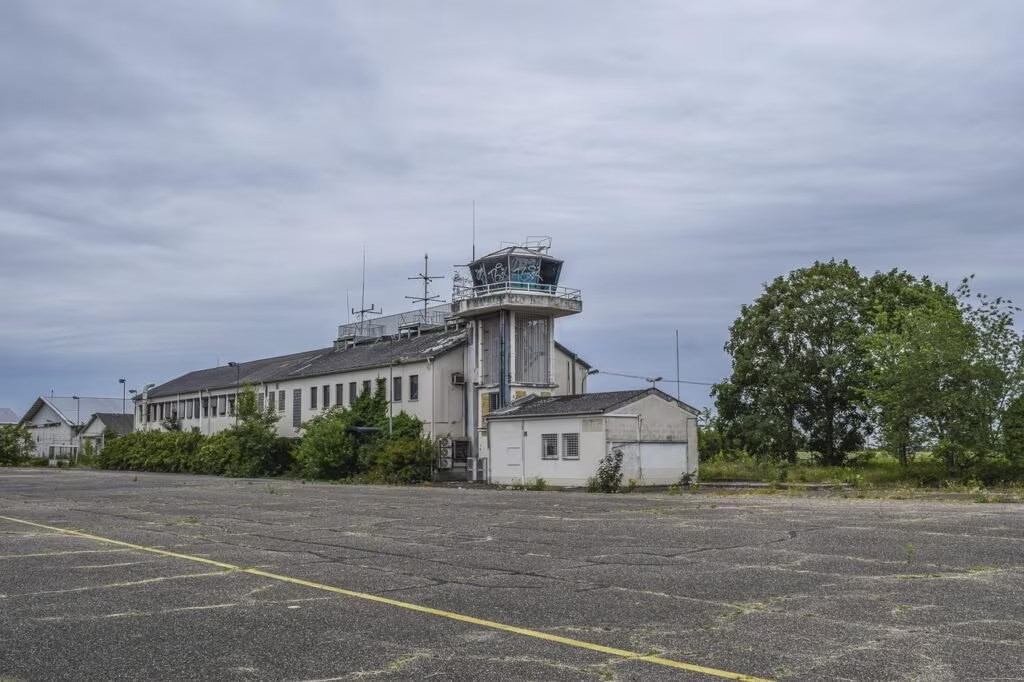The Operational Paradox: How Flight Cuts Stabilized US Air Travel
During the recent significant government shutdown, U.S. air travelers experienced a peculiar paradox: despite the cancellation of over 1,000 commercial flights, the overall system largely maintained its schedule integrity, preventing the widespread chaos many had feared. Airlines proactively implemented these cuts to comply with operational limitations imposed by the federal closure, a move that ultimately stabilized the nation’s air traffic network.
This decision, affecting thousands of passengers and requiring significant logistical maneuvering by carriers, demonstrated the industry’s learned ability to manage systemic risk when critical federal infrastructure—specifically the Federal Aviation Administration (FAA)—operates at reduced capacity. The goal was not merely compliance, but the preservation of safety and reliability in a constrained environment.
Understanding the Necessity of Proactive Cancellations
When the U.S. government enters a shutdown, critical agencies like the FAA are forced to furlough non-essential personnel. While air traffic controllers are deemed essential and must continue working, often without immediate pay, the supporting infrastructure that ensures smooth operations is severely depleted. This includes crucial roles that cannot be easily backfilled:
Critical FAA Roles Affected by Furloughs
- Safety Inspectors: Responsible for certifying aircraft maintenance and ensuring compliance with operational standards. Reduced inspection staff slows down the entire maintenance chain.
- Technical Support Staff: Personnel who maintain and repair navigation equipment, radar systems, and communication infrastructure. Delays in maintenance can force operational restrictions.
- Air Traffic Organization (ATO) Management: Key administrative and planning staff necessary for optimizing traffic flow and managing congestion, especially in high-volume areas.
With fewer personnel available to manage the complexity of the National Airspace System (NAS), the FAA must reduce the volume of air traffic to maintain safety margins. For airlines, waiting for the system to fail is not an option; proactive schedule cuts become a necessary measure to align their capacity with the government’s reduced throughput.

“The industry’s rapid response to align capacity with the FAA’s constrained operational rhythm was crucial. By cutting the tail ends of their schedules, airlines prevented the cascading delay effect that would have crippled the entire system,” noted one industry analyst at the time. “This was a strategic decision to trade volume for reliability.”
The Scale of the Disruption
While the cancellation of 1,000 flights sounds dramatic, it must be viewed in the context of the U.S. air travel system, which handles approximately 45,000 commercial flights daily. The cuts represented a reduction of roughly 2.2% of the total daily schedule. However, these cuts were strategically focused on specific routes and times where FAA capacity constraints were most acute, particularly at major hubs and during peak travel periods.
Major carriers, including Delta Air Lines, United Airlines, and American Airlines, were among those making the most significant adjustments. These airlines typically operate highly complex, interconnected hub-and-spoke networks, making them particularly vulnerable to systemic delays originating from air traffic control limitations.
Airline Operational Adjustments
To minimize passenger impact, airlines focused their cancellations on:
- Low-frequency routes: Routes with multiple daily flights allowed carriers to consolidate passengers onto fewer departures.
- Off-peak hours: Flights scheduled during traditionally slower periods where passenger load factors were lower.
- Connecting flights: Adjusting schedules to ensure that primary long-haul segments, which are more difficult to rebook, remained operational.
This strategy allowed the majority of travelers to proceed with their journeys, albeit often on slightly altered schedules, mitigating the widespread anxiety that typically accompanies major travel disruptions.
Traveler Experience and Industry Trust
For the traveling public, the immediate impact was a mix of frustration and relief. Travelers whose flights were canceled faced the inconvenience of rebooking, but the proactive nature of the cuts meant they were notified well in advance, allowing them time to adjust plans.
Crucially, the fact that the vast majority of flights—over 97% of the daily schedule—operated on time or with minimal delay, provided a sense of stability. This outcome contrasted sharply with previous unplanned disruptions, such as severe weather events or technical failures, which often lead to hours-long ground stops and massive, unpredictable delays that spread across the country.

The Role of Communication
During this period, clear communication from both the airlines and the FAA was paramount. Airlines utilized their digital platforms to provide real-time updates, explaining that the cancellations were regulatory in nature, tied directly to the government shutdown, and intended to ensure safety.
This transparency helped build trust, demonstrating that the industry was prioritizing operational integrity over maximizing flight volume, a key component of maintaining a positive relationship with consumers during periods of crisis.
Long-Term Implications for Air Travel Resilience
The experience of managing the shutdown-induced capacity constraints offered valuable lessons for the aviation sector, particularly regarding operational resilience and planning for non-weather-related systemic risks.
Lessons Learned by the Industry
- Enhanced Contingency Planning: Airlines and the FAA refined their protocols for operating under severe staffing limitations. This included better coordination on which specific routes and airports could handle reduced traffic flow most efficiently.
- Financial Impact Mitigation: While cancellations incur costs (rebooking, compensation), the cost of widespread, unpredictable delays—including crew rest violations, aircraft repositioning, and customer service failures—is often exponentially higher. The proactive cuts minimized these secondary financial damages.
- Political Pressure on Infrastructure: The event highlighted the vulnerability of the NAS to political gridlock. It reinforced the argument that funding and staffing for critical infrastructure, particularly the FAA’s Air Traffic Organization, must be insulated from routine government funding disputes.
This historical event serves as a stark reminder that the seamless operation of modern air travel relies heavily on the full, functional capacity of federal regulatory and operational bodies. When that capacity is compromised, even temporarily, the industry must make difficult, but necessary, choices to safeguard the traveling public.
Key Takeaways
- Scale of Cuts: Over 1,000 US flights were canceled in compliance with reduced FAA operational capacity during the government shutdown.
- Reason for Cuts: The cancellations were proactive measures taken by airlines to prevent system-wide delays caused by furloughs of essential FAA support staff (inspectors, maintenance, and management).
- Outcome: Despite the cancellations, the vast majority of flights (over 97%) remained on schedule, leading to overall system stability and relief for most travelers.
- Industry Strategy: Major carriers strategically targeted low-frequency routes and off-peak hours for consolidation to minimize passenger disruption.
- Future Resilience: The event underscored the need for robust contingency planning and highlighted the critical importance of fully funding and staffing the FAA to ensure continuous operational safety.
Conclusion
The episode of mass flight cancellations during the government shutdown, while disruptive for those affected, ultimately demonstrated the operational maturity of the U.S. air travel system. By prioritizing safety and schedule integrity through proactive capacity reduction, airlines navigated a significant regulatory hurdle without triggering a national travel meltdown. This approach set a precedent for how the aviation sector can manage future systemic shocks stemming from non-operational, governmental constraints, ensuring that the critical function of air transportation remains reliable even when the political environment is unstable.
What’s Next
Following this disruption, industry stakeholders and legislative bodies focused on implementing safeguards to prevent similar vulnerability in the future. Discussions centered on establishing dedicated, multi-year funding streams for the FAA’s core operational functions, insulating them from short-term budget impasses. Furthermore, airlines continue to invest in advanced predictive modeling to better anticipate and adjust to capacity limitations, whether caused by weather, technical issues, or regulatory constraints, ensuring that proactive schedule adjustments remain the default strategy for maintaining operational integrity.
Original author: Josh Funk, Rio Yamat
Originally published: November 7, 2025
Editorial note: Our team reviewed and enhanced this coverage with AI-assisted tools and human editing to add helpful context while preserving verified facts and quotations from the original source.
We encourage you to consult the publisher above for the complete report and to reach out if you spot inaccuracies or compliance concerns.

